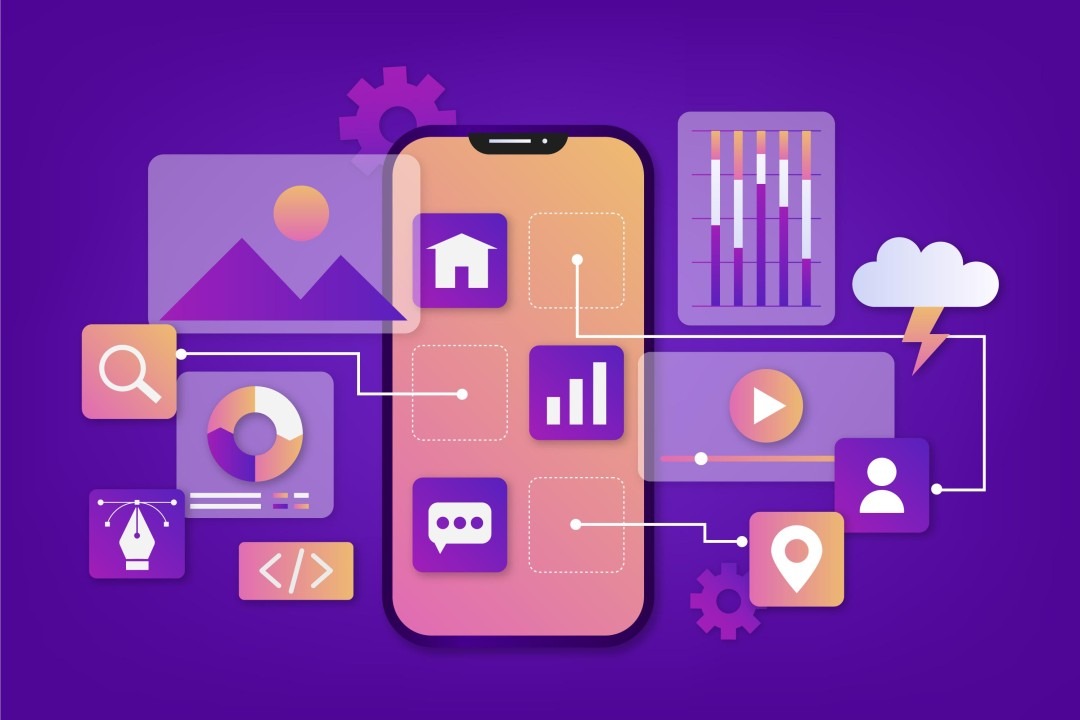In today’s rapidly evolving tech landscape, cross-platform development has become a vital strategy for software developers. As technology users diversify their device preferences, ranging from smartphones and tablets to desktops and smart TVs, developers are faced with the challenge of creating applications that can run seamlessly across different operating systems (OS). Fortunately, cross-platform development tools have emerged as powerful solutions to bridge the OS divide. In this comprehensive guide, we will delve into the world of cross-platform development, exploring the tools, techniques, and best practices that have evolved over the years.
Understanding Cross-Platform Development
Before we delve into the tools and techniques, let’s clarify what cross-platform development entails. Cross-platform development is the process of creating software applications that can run on multiple OS environments with a single codebase. This approach offers several advantages, including reduced development time, cost savings, and the ability to reach a wider audience.
Advantages of Cross-Platform Development
- Cost-Efficiency: Writing code once for multiple platforms significantly reduces development costs compared to maintaining separate codebases for each OS.
- Faster Time to Market: Cross-platform development allows for quicker application deployment, as developers can target multiple platforms simultaneously.
- Broader User Reach: With cross-platform apps, developers can tap into a larger user base, spanning various devices and OS versions.
Popular Cross-Platform Development Tools
Several cross-platform development tools have gained prominence over the years, each offering unique features and capabilities. Let’s explore some of the most popular ones:
1. React Native
React Native, developed by Facebook, is a widely adopted JavaScript framework for building mobile applications. It allows developers to write code in JavaScript and render native UI components, providing a near-native performance experience.
2. Flutter
Flutter, developed by Google, is an open-source UI software development kit for building natively compiled applications for mobile, web, and desktop from a single codebase. It offers a rich set of customizable widgets and a hot reload feature for rapid development.
3. Xamarin
Xamarin, now a part of Microsoft, enables developers to create native apps for iOS, Android, and macOS using C# and the .NET framework. Xamarin provides access to platform-specific APIs, ensuring a native user experience.
4. Apache Cordova (PhoneGap)
Apache Cordova, often referred to as PhoneGap, allows developers to build cross-platform mobile apps using HTML, CSS, and JavaScript. It wraps the web app in a native container, providing access to device features.
5. Electron
Electron is a popular framework for building cross-platform desktop applications using web technologies such as HTML, CSS, and JavaScript. It powers well-known apps like Slack and VS Code.
Key Considerations in Cross-Platform Development
While cross-platform development tools offer numerous benefits, developers must consider some critical factors to ensure the success of their projects:
1. User Interface (UI) Consistency
Maintaining a consistent and intuitive UI across different platforms is essential for a positive user experience. Cross-platform tools like Flutter and Xamarin provide tools and widgets to help achieve this.
2. Performance
Performance can vary between native and cross-platform apps. Developers should optimize their code and leverage platform-specific features when necessary to ensure smooth performance.
3. Access to Native Features
Not all cross-platform tools provide the same level of access to native device features. Developers must assess their app’s requirements and choose a tool that meets those needs.
4. Community and Support
A strong developer community and reliable support from the tool’s creators can be invaluable when facing challenges during development.
5. Security and Updates
Regularly update your code and libraries to address security vulnerabilities and ensure compatibility with OS updates.
Conclusion
Cross-platform development tools have revolutionized the way developers create applications, enabling them to target multiple OS environments efficiently. With options like React Native, Flutter, Xamarin, Apache Cordova, and Electron, developers can choose the tool that best suits their project’s requirements.
By considering factors such as UI consistency, performance, access to native features, community support, and security, developers can harness the full potential of cross-platform development. Embracing these tools allows developers to navigate the OS divide seamlessly, delivering exceptional user experiences across a diverse range of devices and platforms.

